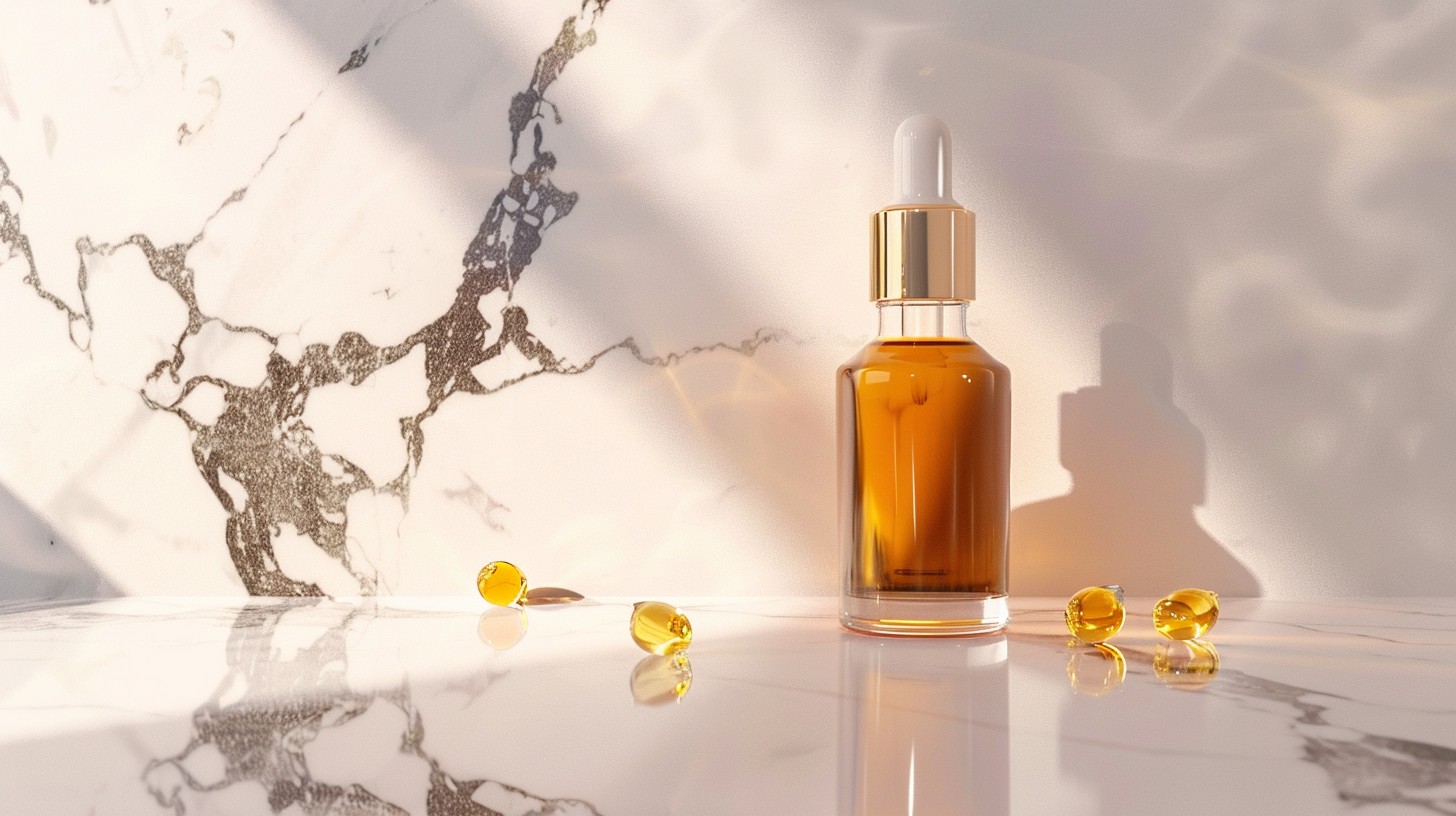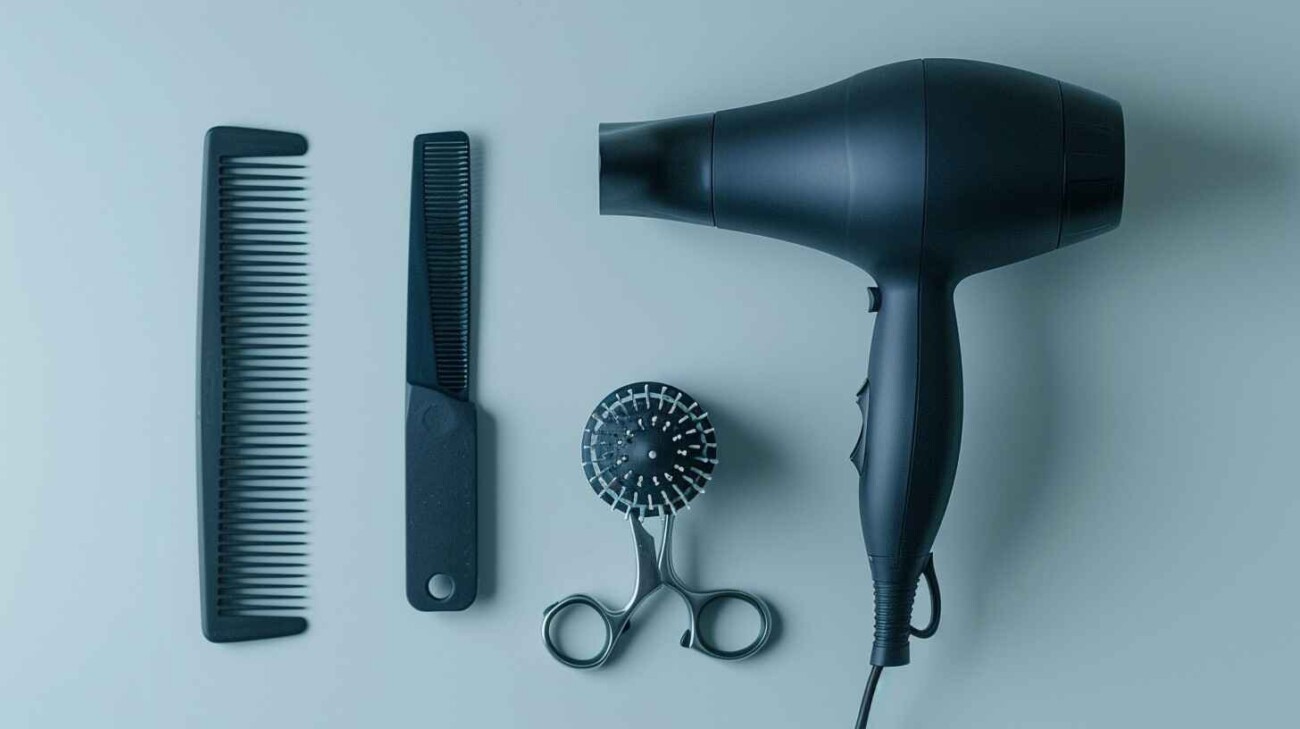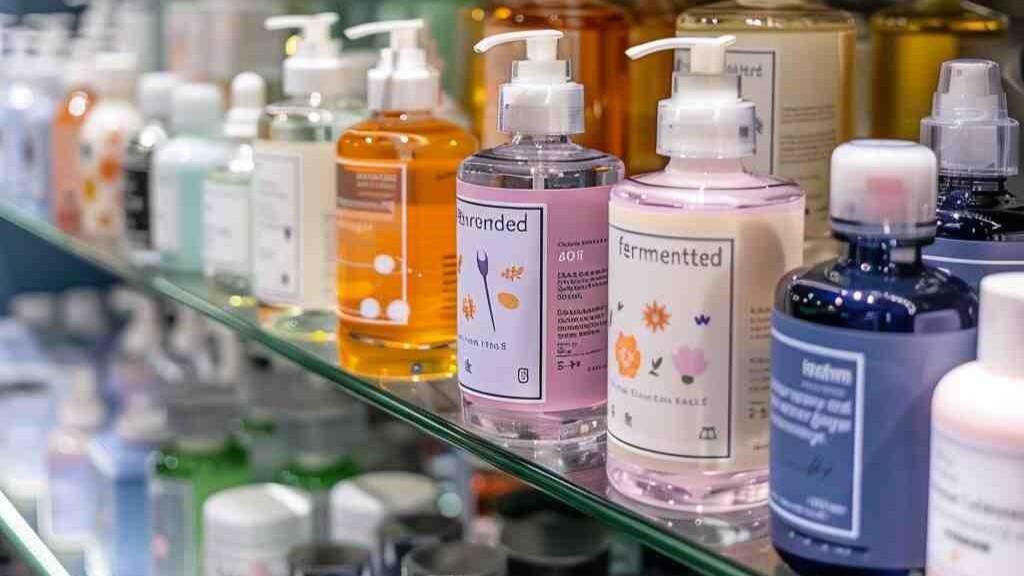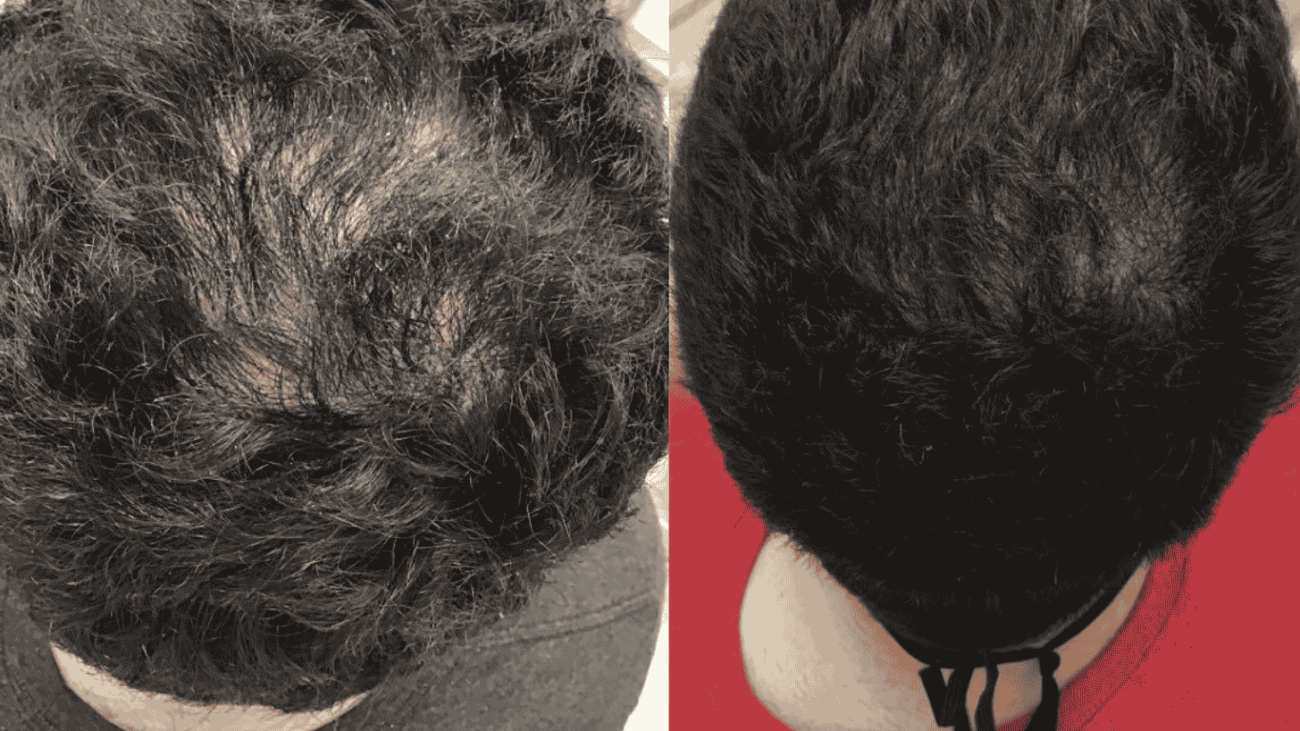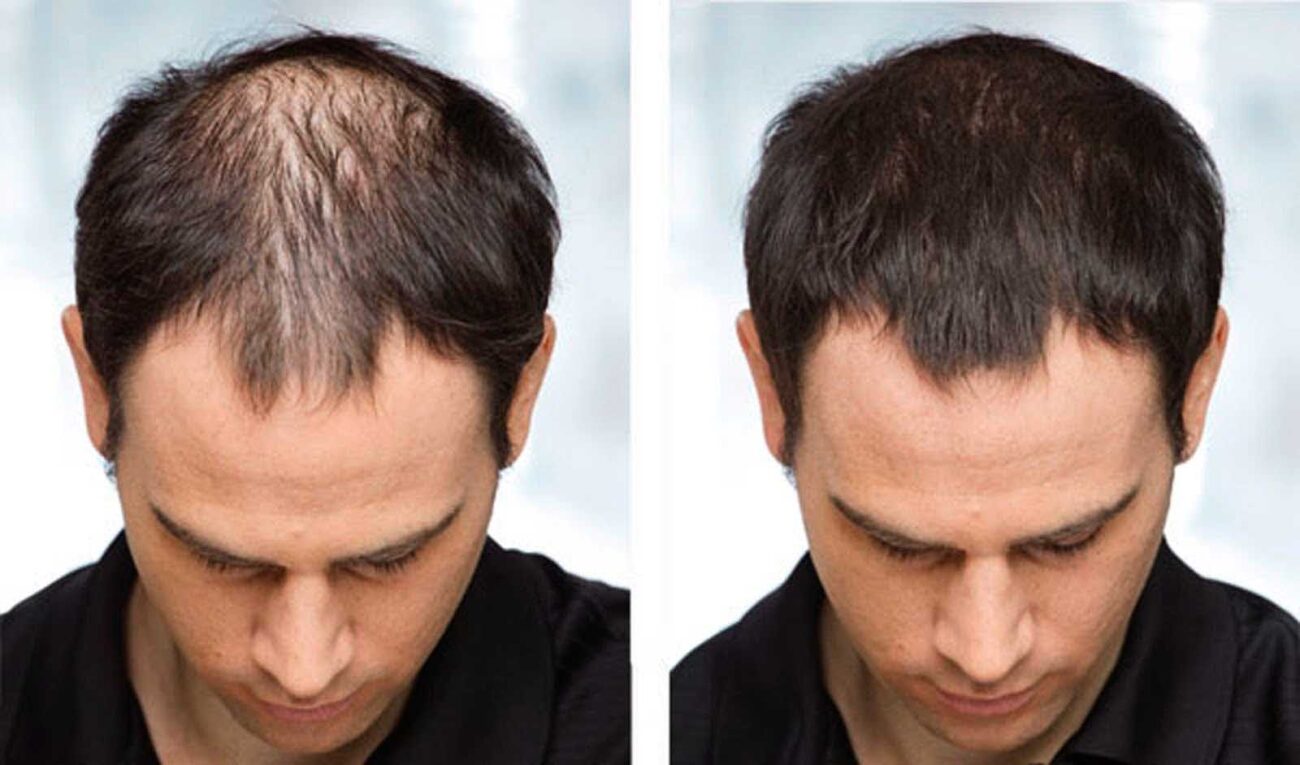Glycolic acid is becoming a buzzword in the skincare industry, promising transformative results for various skin concerns. Whether you're battling acne, fine lines, or just looking for that daring glow, glycolic acid might be the answer. But what exactly is glycolic acid, and why is it so popular? This blog delves into glycolic acid's benefits, usage, and potential side effects, providing a comprehensive guide for those looking to enhance their skincare routine.
What is Glycolic Acid?
Glycolic acid is a type of alpha-hydroxy acid (AHA) derived organically from sugarcane, pineapple, and milk. They can also be produced synthetically in laboratory setting through a chemical process that involves the oxidation of formaldehyde.
Its small molecular size allows it to penetrate the skin deeply and work its magic from within. It is available in various forms such as creams, serums, and peels.
How does Glycolic Acid Work?
The secret behind glycolic acid’s effectiveness hides in its ability to divide the bonds between dead skin cells, eventually making them removed and revealing fresh and new skin alongside.
This exfoliation process not only helps to unclog pores but also stimulates collagen production, resulting in flexing, smoother skin.
Glycolic Acid as a Peeling Agent
Despite being an exfoliant, Glycolic acid also falls under the list of the most popular peeling agents like Trichloroacetic peels, and salicylic acid. The only difference between a peeling agent and an exfoliator is the concentration variation. Peeling agents have higher concentrations - ranging from 20% to 50% whereas, exfoliators have below 15% concentrations. normally, Peeling agents can be divided into three categories
superficial (epidermis-papillary dermis),
medium-depth (papillary to upper reticular dermis), and
- deep subtypes based on the depth of their penetration (mid-reticular dermis)
Glycolic acid (GA) is widely used as a superficial peeling agent which means works effectively in the uppermost layer of the skin. And in higher concentrations, acts as a peeling agent.
Benefits of Glycolic Acid
Exfoliation
Glycolic acid is notable for its exfoliating abilities. Removing the outer layer of dead skin cells leaves the skin looking brighter and smoother. Studies say exfoliation from time to time is essential for everyone to achieve flawless skin. It's like shedding all your dead parts that had been holding you for too long.
Anti-aging Properties
Another remarkable benefit you can notice is their anti-ageing property. Regular use of glycolic acid can reduce the appearance of fine lines and wrinkles by promoting collagen synthesis.
Acne Treatment
No more “it's the acne ruining the face” Glycolic acid helps to keep pores clear, reducing the reappearance of acne. When you are too worried about your acne marks that left your face a barren look, glycolic acid will definitely help your acne marks fadeaway in months!
Skin Hydration
Never let your skin thirsty! Unlike other exfoliants that can be drying, glycolic acid has hydrating properties that help maintain the skin's moisture balance.
Brightening and Evening Skin Tone
Experiencing sun tan and uneven skin tone is an never ending loop. By promoting cell turnover, glycolic acid helps to fade dark spots and even out skin tone, giving the complexion a radiant glow. To maximize the result, use sunscreen (SPF 50 recommended).
Potential Side Effects
While glycolic acid is generally well-tolerated, it can cause irritation, redness, and peeling, especially in those with sensitive skin. To minimize these risks, it's important to start with a lower concentration and gradually increase as your skin builds tolerance.
People with extremely sensitive skin or certain skin conditions should consult a dermatologist before using glycolic acid.
Also Read: Benefits of Niacinamide on Skin Unrevealed: An In-depth Guide
Choosing the Right Glycolic Acid Product
Selecting the right glycolic acid product depends on your skin type and concerns. Lower concentrations (around 5-10%) are suitable for beginners and sensitive skin, while higher concentrations (up to 20%) are reserved for more experienced users or professional treatments.
Glycolic acid is available in various formulations, including creams, serums, and peels, allowing you to choose the one that best fits your skincare routine.
How to Use Glycolic Acid?
Step-by-Step Guide
Cleanse:
Start with a gentle cleanser to remove dirt and makeup.
Apply Glycolic Acid:
Use a glycolic acid product as directed, typically once or twice a week.
Moisturize:
Follow up with a hydrating moisturizer to lock in moisture.
Sun Protection:
Always apply sunscreen during the day, as glycolic acid can increase sun sensitivity.
Frequency of Use
Introducing glycolic acid into your skincare department requires a thoughtful approach. Start by using it once or twice a week, gradually increasing the frequency as your skin adapts.
Always apply glycolic acid to clean, dry skin and follow up with a moisturizer to prevent dryness. Combining glycolic acid with other active ingredients like retinol or vitamin C can enhance its benefits, but be sure to introduce these combinations slowly to avoid irritation.
Note: it is advisable not to use glycolic acid on a daily basis. instead, you can opt for two to three times a week to avoid skin complications.
Glycolic Acid vs. Other AHAs
Comparison with Lactic Acid
Lactic acid is milder and better suited for sensitive skin, while glycolic acid offers more noticeable results due to its smaller molecular size and deeper penetration.
Choosing the Right AHA
Consider your skin type and concerns when choosing between glycolic acid and other AHAs. Glycolic acid is ideal for those seeking significant exfoliation and anti-ageing benefits.
Also Read: Why does hair thin as we age?
Professional Treatments with Glycolic Acid
Glycolic acid is a popular choice for professional chemical peels and spa treatments. These treatments typically use higher concentrations of glycolic acid and can offer striking results. However, at home, glycolic acid products can also be effective and are a convenient option for maintaining results between professional treatments. But do not use higher concentration glycolic acid products to achieve maximum results as it could lead to skin burn. Always do peeling treatment only under the doctor’s gaze.
Glycolic Acid and Sun Sensitivity
Importance of Sun Protection
Glycolic acid, as we know has an acidic nature, which means it is concentrated enough to make our skin sensitive to the sun. Using glycolic acid without applying sunscreen would be a huge mistake. So, it is crucial to use a broad-spectrum sunscreen daily. This practice helps prevent sunburn and minimize the risk of hyperpigmentation.
Recommended Sunscreens
Choose a sunscreen with an SPF of 30 or higher and apply it generously every morning, even on cloudy days.
SPF 50 sunscreen will withhold the protection from UV rays for 6hrs whereas SPF 30 abstain for 4hrs or less. Better to re-apply often during peak sunny days.
Also Read: How to choose best hair growth serum
Myths and Misconceptions about Glycolic Acid
There are several myths surrounding glycolic acid, such as the belief that it thins the skin or that it is unsafe for all skin types. In reality, glycolic acid promotes healthy skin turnover and can be safely used by most people when introduced properly. Scientific evidence supports its benefits and dispels these common misconceptions.
Glycolic acid is a powerful skincare ingredient with a wide range of benefits, from exfoliation and anti-ageing to acne treatment and skin brightening. By understanding how to use it correctly and choosing the right products for your skin type, you can unlock its full potential and achieve healthier, more radiant skin.
Ready to experience the benefits of glycolic acid? Take our Free Health Test today and put fullstop to your problmens. Explore our recommended products on mrmard.com and start your journey to glowing skin today!
Frequently Asked Questions (FAQs)
How long does it take to see results?
Results can vary, but most people start to notice improvements in their skin within a few weeks of consistent use.
Can glycolic acid be used with retinol?
Yes, but it’s best to introduce them slowly and use them on alternate nights to minimize irritation.
Is glycolic acid safe during pregnancy?
While generally considered safe, it’s always best to consult with a healthcare provider before using any new skincare product during pregnancy.
What to do if you experience irritation?
If irritation occurs, reduce the frequency of use or switch to a lower concentration. Always follow with a moisturizer and sunscreen.
How to store glycolic acid products?
Store glycolic acid products in a cool, dry place away from direct sunlight to maintain their efficacy.






